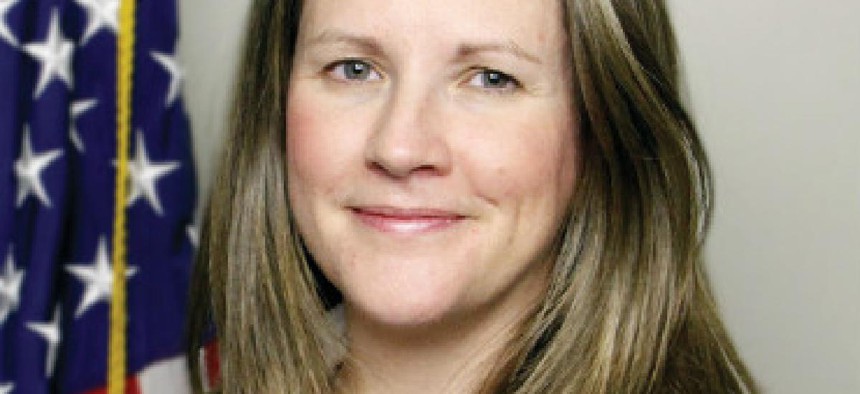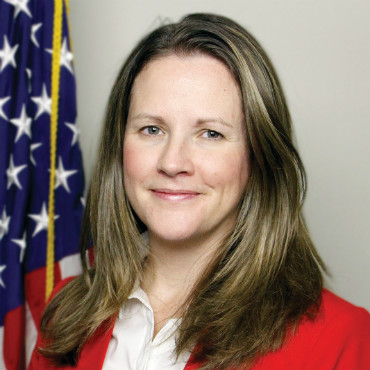USSM builds on shared services

GSA's year-old shared services office laying the groundwork for new marketplace ecosystem.

Unified Shared Service Management Office Executive Director Beth Angerman
It's been 10 months since the General Services Administration rolled out its Unified Shared Service Management Office. In that time, the office's top manager said, USSM has been charting a new path for federal agencies to follow to the rewards of lower costs more effective services.
Building the right services is only part of a the equation, USSM Executive Director Beth Angerman said in an interview with FCW. Successful shared services, she stressed, require a more complex ecosystem of federal and commercial providers -- not just of the services themselves, but of the components that make them possible.
"These things are hard. Government has a history of implementing these things inconsistently," she said.
To make things more consistent for federal agency leaders, Angerman said, USSM has been busy building the common tools and guidance. For instance, USSM recently released a shared services playbook and a management framework that it hopes will make a clear decision path for federal IT executives.
That Modernization and Migration Management framework also includes a review process that will help the Office of Management and Budget keep track of agency shared services investments to make sure the money is well spent.
GSA, Angerman said, has also tapped the ProviderStat performance monitoring program to gauge agencies' use of metrics and capabilities. The effort also includes a Shared Services Governance Board, created last October by the GSA and OMB as USSM's inter-agency advisory committee that steers efforts to hone the shared services model.
USSM convened its first industry day in mid-August to talk with commercial technology providers -- about the services themselves, and also about what else industry could bring to the table to help federal agencies most effectively tap the services.
Where past federal shared services methods looked mostly to agency-provided efforts, USSM's effort looks to cast a wider net, according to Angerman.
The framework and playbook resources, she said, aren't simply a collection of best practices and practical structure. They're also designed to get IT executives to think up-front about what they're hoping to get from shared back-office services such as payroll, grant-management and human resources functions.
"It's not a world of commercial/federal service providers. We can leverage the strengths of both" not only with specific services, but with expertise and other components, she said. "We're looking for a variety of things from industry, not just commercial providers. It's industry's overall roll in the ecosystem."
That's one of the reasons USSM recently sought industry comment on shared payroll capabilities, Angerman said. The request for information isn't intended to address every aspect of payroll management, but targets specific components that the agency thinks are critical to successful governmentwide payroll management.
Those components include gross-to-net pay calculation; identity and access; self-service and up-front validation capabilities; cloud and data management, as well as data traceability and workflow management. GSA is expecting to hear back from vendors by Aug. 29.
The input, Angerman said, will provide a more complete picture of what's possible and get to the bottom line of the entire effort.


